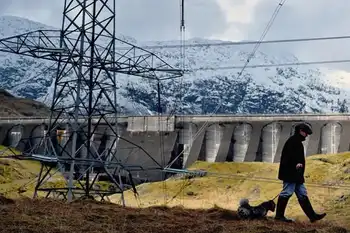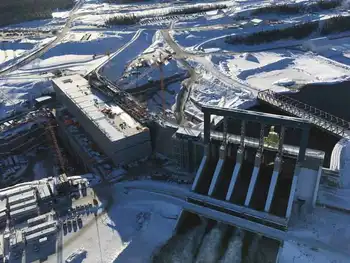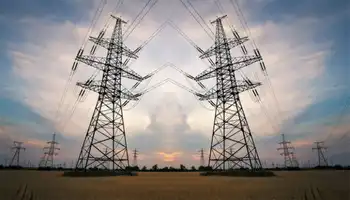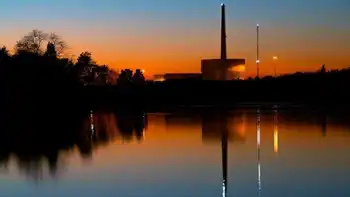Contractor counters Atlas suit
By Knoxville News Sentinel
Substation Relay Protection Training
Our customized live online or in‑person group training can be delivered to your staff at your location.

- Live Online
- 12 hours Instructor-led
- Group Training Available
In October, Atlas Electric Co. and its sole shareholder, Harry Sherrod, sued Jack Funderburk and Funderburk Electrical Services in Knox County Chancery Court. The suit alleged that, while he was still the president of Atlas, Jack Funderburk formed a competing company, and that Atlas was forced to cease doing business because of wrongdoing by Jack Funderburk and Funderburk Electrical Services.
But in a recent legal filing, the defendants alleged that the failure of Atlas was because of Sherrod's conduct, including taking an excessive salary and charging personal expenses to the company that had no valid business purpose.
Specifically, Funderburk alleged that Sherrod and/or his wife purchased two yachts for their personal use with Atlas funds, spending approximately $250,000 on one boat and approximately $500,000 on the other. The suit alleged that Atlas paid dock fees and captain fees for both, including one that was maintained in Sarasota, Fla., and was used by a woman hired by Harry Sherrod as a personal assistant. The suit alleged that the assistant performed no work for Atlas, except to occasionally serve as a host for friends and associates of Sherrod.
In addition, the suit alleged that Sherrod used Atlas funds for a failed development at his family farm, saying Sherrod obtained two mortgages on the property worth a total of approximately $3 million. It alleged that Atlas made monthly payments on the mortgages, but that neither the property nor the mortgage was related to a proper business purpose for Atlas.
The suit further alleged that Sherrod and his wife used company American Express cards for personal use, including stays at various Ritz-Carlton hotels, extravagant private dinners and alcohol purchases. According to the suit, monthly card payments by Atlas for personal expenses of the Sherrods routinely averaged around $10,000 a month, and sometimes as much as $15,000 a month. The suit alleged that another reason for the demise of Atlas was that Harry Sherrod knowingly underbid projects and told Atlas employees he hoped to make up the costs in change orders that never materialized.
The defendants denied that the reason for Atlas ceasing to do business had anything to do with inappropriate conduct by either Jack Funderburk or Funderburk Electrical. The defendants also filed a counter-complaint that alleged the true purpose of the original suit was to influence Jack Funderburk or Funderburk Elecrical to pay the debts of Atlas or the Sherrods, for which Funderburk and the company were not liable. The counter-complaint seeks compensatory damages of $300,000 and punitive damages of $300,000.
Sherrod was unavailable for comment.
Sherrod previously has drawn scrutiny because of a 2006 land flip in which he bought 49 acres for $675,000 and 17 days later sold most of it to The Development Corporation of Knox County — which was assembling property for a business park — for $804,600. Sherrod has said he purchased an option on that property long before he sold it to the Development Corp.
Earlier this year, Sherrod filed an incident report with the Knox County Sheriff's Office alleging Jack Funderburk, former Knox County Mayor Mike Ragsdale and Ragsdale's former chief of staff stole thousands of dollars in electronics and furniture from an office Sherrod leased to them. Ragsdale has denied the allegations. Last year, Sherrod said he was one of several people who paid for Ragsdale's trip to Kosovo in August 2009. Ragsdale has said he made the trip to meet with other mayors to talk about economic development and democracy in the country.











